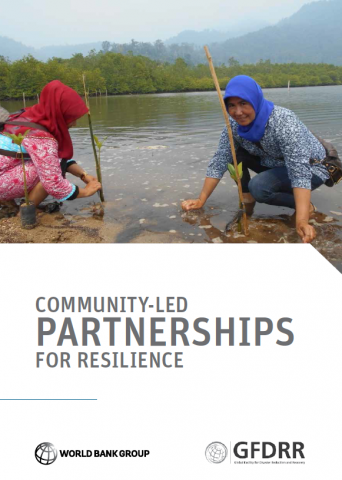The Upstream Downstream Game
The goal of Upstream Downstream is to have the most amount of wealth by investing wisely in one’s farm. Will you have a prosperous farm, or will drought and floods be your downfall?
The Upstream Downstream Game Read More »

